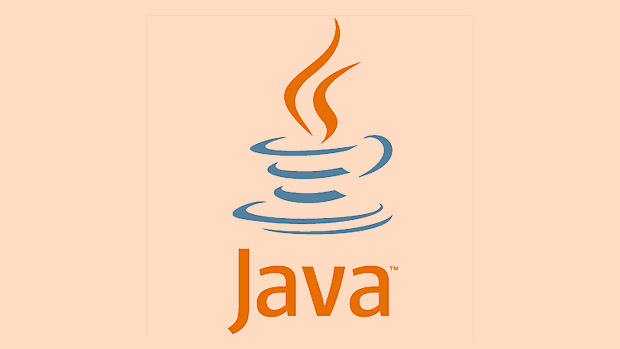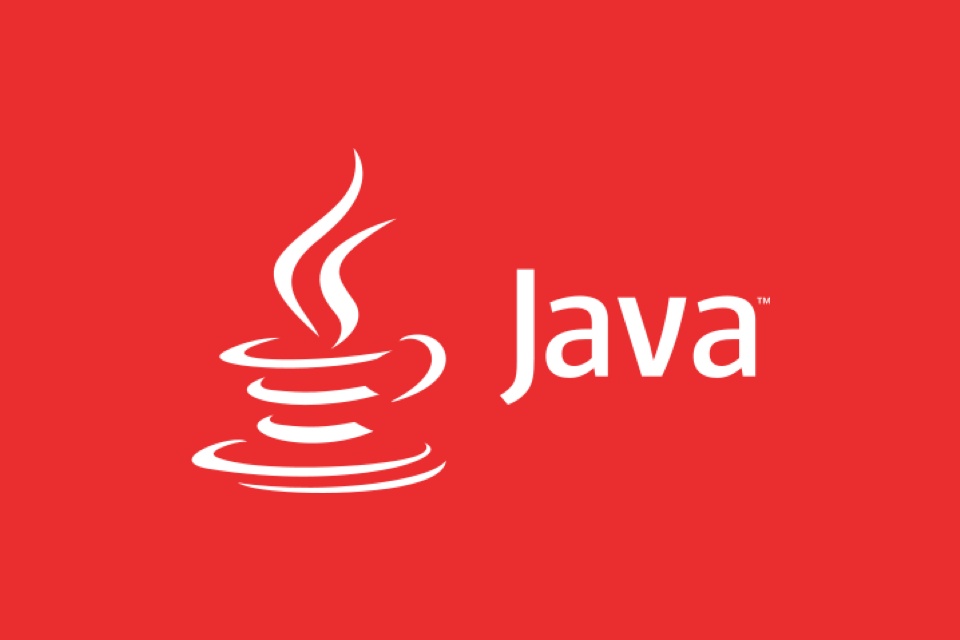Maven vs. Gradle: Choosing the Right Build Tool for Your Java Project
Jul 25, 2025 am 02:54 AMGradle uses a more concise and flexible Groovy/Kotlin DSL, while Maven relies on verbose XML; 2. Gradle outperforms Maven in build speed due to incremental builds, build cache, and parallel execution; 3. Gradle offers greater flexibility for custom logic and non-standard workflows, whereas Maven emphasizes convention over configuration; 4. Maven has broader legacy support and plugin maturity, while Gradle excels in modern ecosystems like Android and Spring Boot; choose Maven for simplicity and standardization, Gradle for performance and extensibility, with the decision ultimately depending on project complexity, team expertise, and long-term maintainability needs.

When it comes to building Java projects, Maven and Gradle are the two most popular build tools. Both get the job done, but they differ significantly in syntax, flexibility, and performance. Choosing between them depends on your project’s needs, team experience, and long-term maintenance goals.

Here’s a practical breakdown to help you decide which one fits your Java project best.
1. Build Script Syntax: XML vs. Groovy/Kotlin DSL
Maven uses XML-based configuration (pom.xml). It’s structured and standardized, but can become verbose, especially for complex builds.

<dependency>
<groupId>org.springframework</groupId>
<artifactId>spring-core</artifactId>
<version>5.3.20</version>
</dependency>This rigidity enforces consistency but limits flexibility. Custom logic requires plugins or external scripts.
Gradle, on the other hand, uses a Groovy or Kotlin DSL, which is more expressive and concise.

dependencies {
implementation("org.springframework:spring-core:5.3.20")
}The DSL allows you to write imperative logic directly in the build script—ideal for custom tasks or conditional logic. If you value clean, readable, and programmable build files, Gradle has the edge.
Tip: Newer Gradle projects often use Kotlin DSL (
build.gradle.kts) for better IDE support and type safety.
2. Performance and Build Speed
Gradle wins hands-down in performance, especially for larger projects.
- Incremental builds: Gradle only rebuilds what’s changed.
- Build cache and daemon: Reuses task outputs and keeps the build process warm.
- Parallel execution: Enabled by default for faster dependency resolution and task execution.
Maven has improved over the years (parallel builds, dependency caching), but it still parses the full pom.xml on each run and lacks fine-grained caching.
For teams practicing continuous integration or working on large multi-module projects, Gradle’s speed can save significant time.
3. Flexibility and Extensibility
Maven follows convention over configuration. This makes it easy to get started and ensures consistency across projects. But if you need to deviate from the standard lifecycle (e.g., custom packaging, preprocessing), you’ll fight the system.
Gradle is highly extensible. You can:
- Define custom tasks with full programming logic
- Modify the build lifecycle easily
- Create and publish reusable plugins
- Integrate with other tools (Docker, Node.js, etc.) seamlessly
For non-standard workflows—like building microservices with mixed tech stacks or integrating with frontend builds—Gradle is far more adaptable.
4. Ecosystem and Community Support
-
Maven has been around since 2004. It’s mature, well-documented, and almost universally supported.
- Vast repository of plugins and dependencies via Maven Central.
- IDEs and CI tools have deep Maven integration.
- Ideal for traditional enterprise environments or teams new to Java.
-
Gradle has grown rapidly, especially thanks to Android’s adoption (Android Studio uses Gradle by default).
- Strong support for modern frameworks like Spring Boot, Micronaut, and Quarkus.
- Gradle Enterprise offers advanced monitoring and optimization (paid).
While Gradle’s community is vibrant, some niche plugins may not be as battle-tested as their Maven counterparts.
So, Which Should You Choose?
Here’s a quick decision guide:
? Choose Maven if:
- You want a standardized, low-maintenance build process.
- Your team is new to build automation or prefers declarative configuration.
- You’re working in a regulated or legacy enterprise environment.
- Simplicity and broad compatibility matter more than customization.
? Choose Gradle if:
- You need faster builds and better performance at scale.
- You want flexible, readable build scripts with real programming power.
- You’re building complex or polyglot projects.
- You’re already using Spring Boot, Android, or modern CI/CD pipelines.
Bottom Line
Maven is the safe, predictable choice. Gradle is the powerful, modern alternative.
For new greenfield projects, especially with evolving requirements, Gradle is often the better long-term investment. For simple, stable applications or teams prioritizing convention, Maven remains solid and sufficient.
It’s not just about features—it’s about what your team can maintain and scale. Weigh speed, flexibility, and familiarity before deciding.
Basically, if you can handle the learning curve, Gradle gives you more control and better performance. If you just want things to work out of the box, Maven’s still got you covered.
The above is the detailed content of Maven vs. Gradle: Choosing the Right Build Tool for Your Java Project. For more information, please follow other related articles on the PHP Chinese website!

Hot AI Tools

Undress AI Tool
Undress images for free

Undresser.AI Undress
AI-powered app for creating realistic nude photos

AI Clothes Remover
Online AI tool for removing clothes from photos.

Clothoff.io
AI clothes remover

Video Face Swap
Swap faces in any video effortlessly with our completely free AI face swap tool!

Hot Article

Hot Tools

Notepad++7.3.1
Easy-to-use and free code editor

SublimeText3 Chinese version
Chinese version, very easy to use

Zend Studio 13.0.1
Powerful PHP integrated development environment

Dreamweaver CS6
Visual web development tools

SublimeText3 Mac version
God-level code editing software (SublimeText3)
 Asynchronous Programming Techniques in Modern Java
Jul 07, 2025 am 02:24 AM
Asynchronous Programming Techniques in Modern Java
Jul 07, 2025 am 02:24 AM
Java supports asynchronous programming including the use of CompletableFuture, responsive streams (such as ProjectReactor), and virtual threads in Java19. 1.CompletableFuture improves code readability and maintenance through chain calls, and supports task orchestration and exception handling; 2. ProjectReactor provides Mono and Flux types to implement responsive programming, with backpressure mechanism and rich operators; 3. Virtual threads reduce concurrency costs, are suitable for I/O-intensive tasks, and are lighter and easier to expand than traditional platform threads. Each method has applicable scenarios, and appropriate tools should be selected according to your needs and mixed models should be avoided to maintain simplicity
 Best Practices for Using Enums in Java
Jul 07, 2025 am 02:35 AM
Best Practices for Using Enums in Java
Jul 07, 2025 am 02:35 AM
In Java, enums are suitable for representing fixed constant sets. Best practices include: 1. Use enum to represent fixed state or options to improve type safety and readability; 2. Add properties and methods to enums to enhance flexibility, such as defining fields, constructors, helper methods, etc.; 3. Use EnumMap and EnumSet to improve performance and type safety because they are more efficient based on arrays; 4. Avoid abuse of enums, such as dynamic values, frequent changes or complex logic scenarios, which should be replaced by other methods. Correct use of enum can improve code quality and reduce errors, but you need to pay attention to its applicable boundaries.
 Understanding Java NIO and Its Advantages
Jul 08, 2025 am 02:55 AM
Understanding Java NIO and Its Advantages
Jul 08, 2025 am 02:55 AM
JavaNIO is a new IOAPI introduced by Java 1.4. 1) is aimed at buffers and channels, 2) contains Buffer, Channel and Selector core components, 3) supports non-blocking mode, and 4) handles concurrent connections more efficiently than traditional IO. Its advantages are reflected in: 1) Non-blocking IO reduces thread overhead, 2) Buffer improves data transmission efficiency, 3) Selector realizes multiplexing, and 4) Memory mapping speeds up file reading and writing. Note when using: 1) The flip/clear operation of the Buffer is easy to be confused, 2) Incomplete data needs to be processed manually without blocking, 3) Selector registration must be canceled in time, 4) NIO is not suitable for all scenarios.
 How Java ClassLoaders Work Internally
Jul 06, 2025 am 02:53 AM
How Java ClassLoaders Work Internally
Jul 06, 2025 am 02:53 AM
Java's class loading mechanism is implemented through ClassLoader, and its core workflow is divided into three stages: loading, linking and initialization. During the loading phase, ClassLoader dynamically reads the bytecode of the class and creates Class objects; links include verifying the correctness of the class, allocating memory to static variables, and parsing symbol references; initialization performs static code blocks and static variable assignments. Class loading adopts the parent delegation model, and prioritizes the parent class loader to find classes, and try Bootstrap, Extension, and ApplicationClassLoader in turn to ensure that the core class library is safe and avoids duplicate loading. Developers can customize ClassLoader, such as URLClassL
 Handling Common Java Exceptions Effectively
Jul 05, 2025 am 02:35 AM
Handling Common Java Exceptions Effectively
Jul 05, 2025 am 02:35 AM
The key to Java exception handling is to distinguish between checked and unchecked exceptions and use try-catch, finally and logging reasonably. 1. Checked exceptions such as IOException need to be forced to handle, which is suitable for expected external problems; 2. Unchecked exceptions such as NullPointerException are usually caused by program logic errors and are runtime errors; 3. When catching exceptions, they should be specific and clear to avoid general capture of Exception; 4. It is recommended to use try-with-resources to automatically close resources to reduce manual cleaning of code; 5. In exception handling, detailed information should be recorded in combination with log frameworks to facilitate later
 How does a HashMap work internally in Java?
Jul 15, 2025 am 03:10 AM
How does a HashMap work internally in Java?
Jul 15, 2025 am 03:10 AM
HashMap implements key-value pair storage through hash tables in Java, and its core lies in quickly positioning data locations. 1. First use the hashCode() method of the key to generate a hash value and convert it into an array index through bit operations; 2. Different objects may generate the same hash value, resulting in conflicts. At this time, the node is mounted in the form of a linked list. After JDK8, the linked list is too long (default length 8) and it will be converted to a red and black tree to improve efficiency; 3. When using a custom class as a key, the equals() and hashCode() methods must be rewritten; 4. HashMap dynamically expands capacity. When the number of elements exceeds the capacity and multiplies by the load factor (default 0.75), expand and rehash; 5. HashMap is not thread-safe, and Concu should be used in multithreaded
 Explained: Java Polymorphism in Object-Oriented Programming
Jul 05, 2025 am 02:52 AM
Explained: Java Polymorphism in Object-Oriented Programming
Jul 05, 2025 am 02:52 AM
Polymorphism is one of the core features of Java object-oriented programming. Its core lies in "one interface, multiple implementations". It implements a unified interface to handle the behavior of different objects through inheritance, method rewriting and upward transformation. 1. Polymorphism allows the parent class to refer to subclass objects, and the corresponding methods are called according to the actual object during runtime; 2. The implementation needs to meet the three conditions of inheritance relationship, method rewriting and upward transformation; 3. It is often used to uniformly handle different subclass objects, collection storage and framework design; 4. When used, only the methods defined by the parent class can be called. New methods added to subclasses need to be transformed downward and accessed, and pay attention to type safety.
 Effective Use of Java Enums and Best Practices
Jul 07, 2025 am 02:43 AM
Effective Use of Java Enums and Best Practices
Jul 07, 2025 am 02:43 AM
Java enumerations not only represent constants, but can also encapsulate behavior, carry data, and implement interfaces. 1. Enumeration is a class used to define fixed instances, such as week and state, which is safer than strings or integers; 2. It can carry data and methods, such as passing values ??through constructors and providing access methods; 3. It can use switch to handle different logics, with clear structure; 4. It can implement interfaces or abstract methods to make differentiated behaviors of different enumeration values; 5. Pay attention to avoid abuse, hard-code comparison, dependence on ordinal values, and reasonably naming and serialization.






